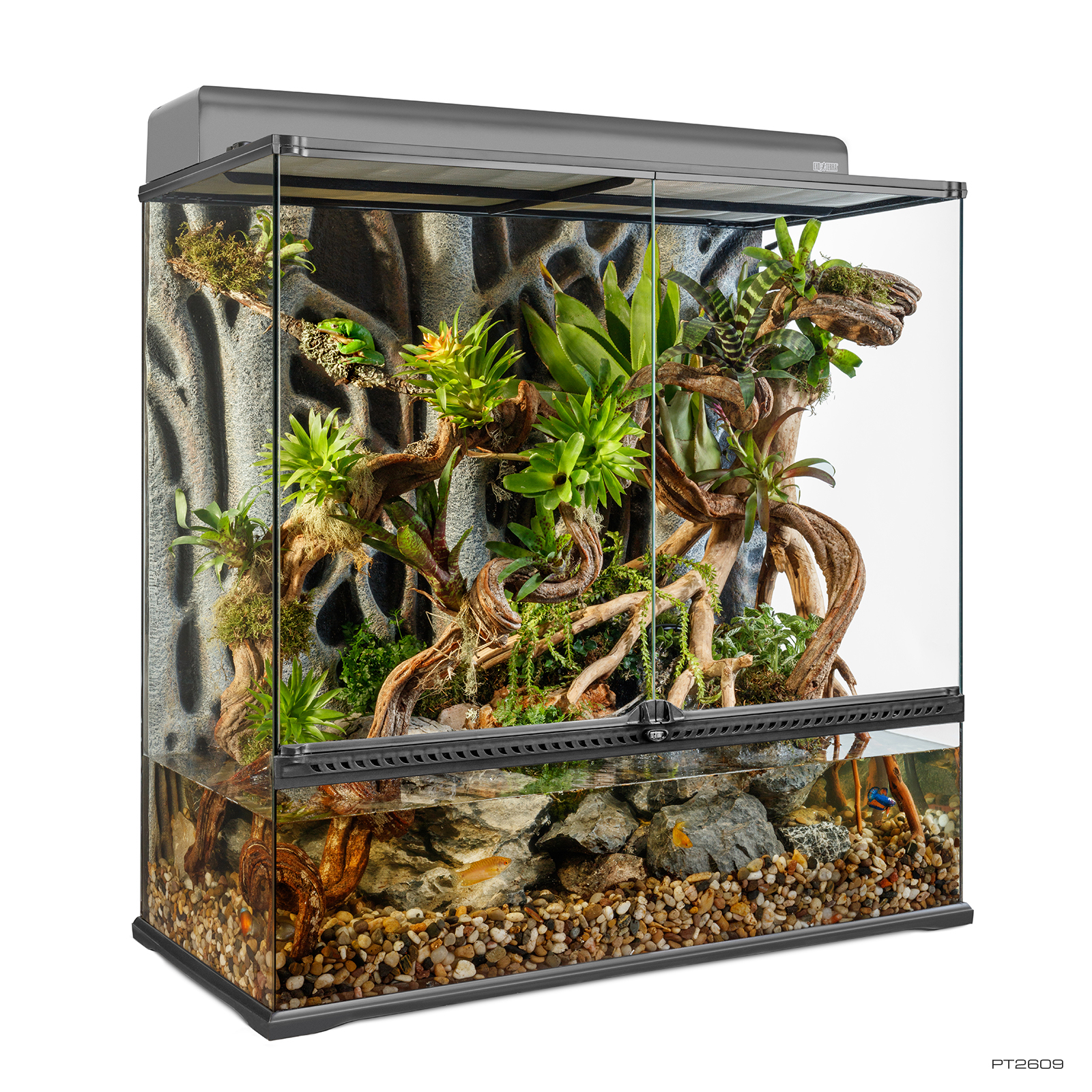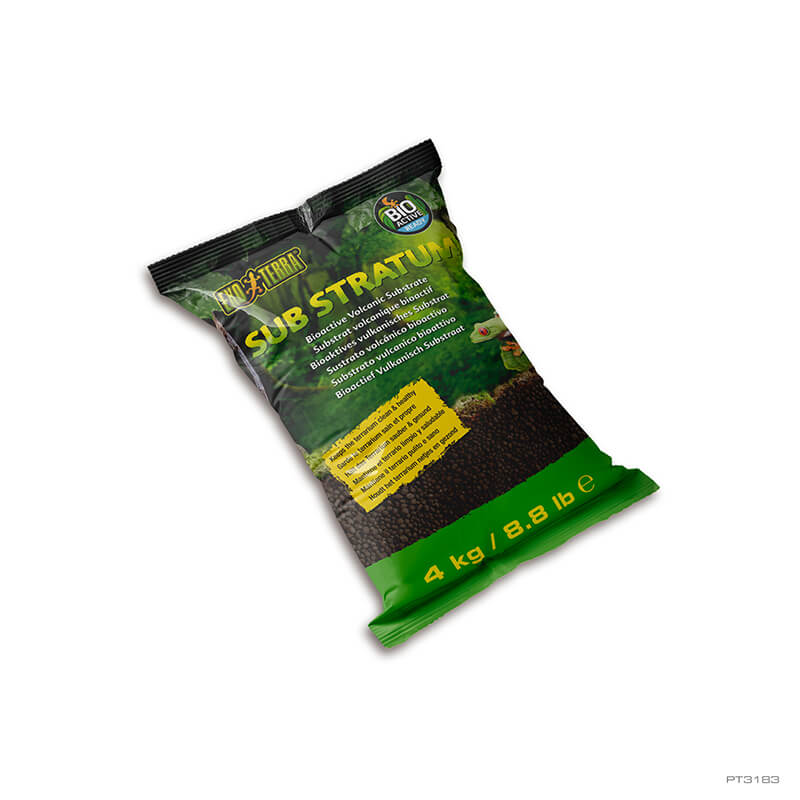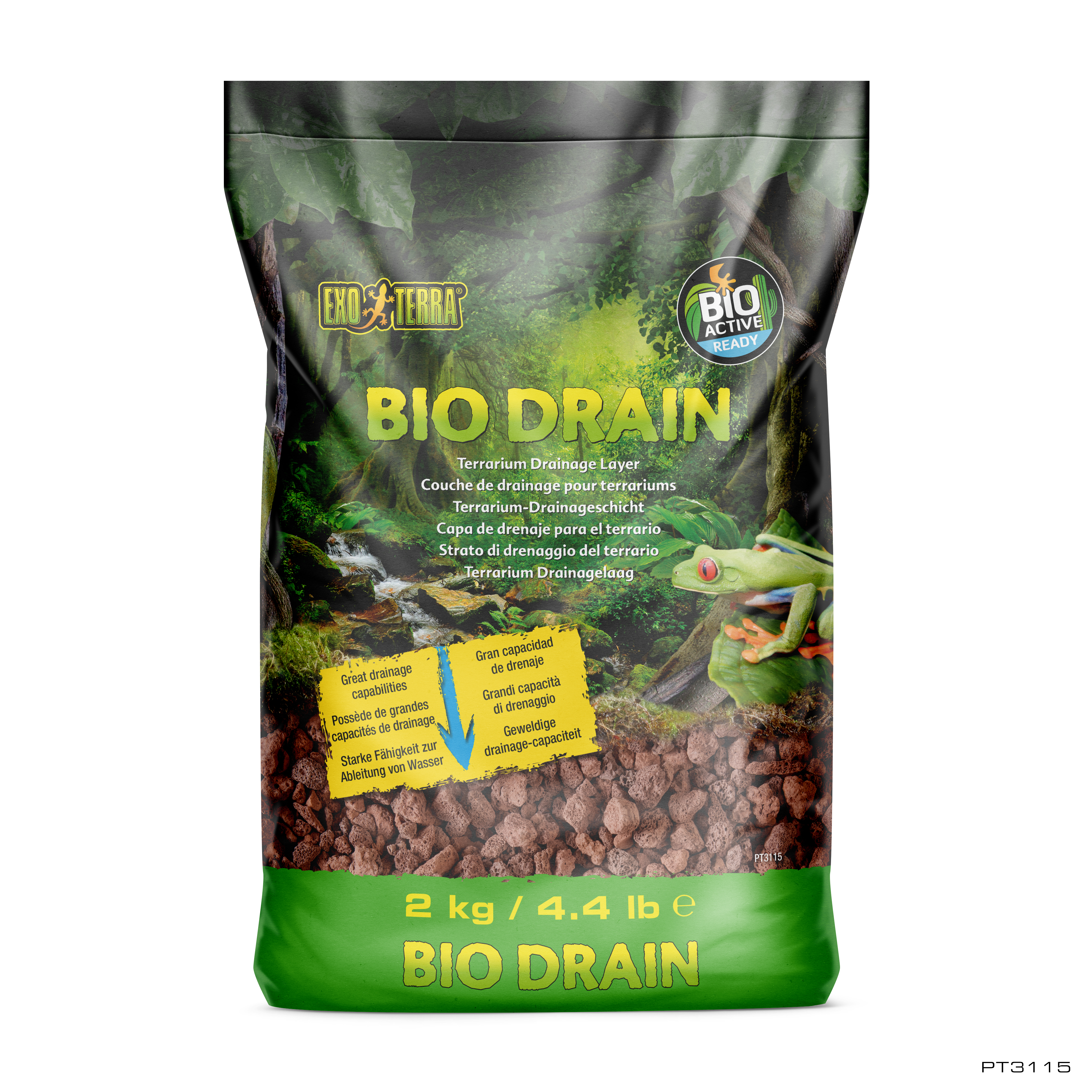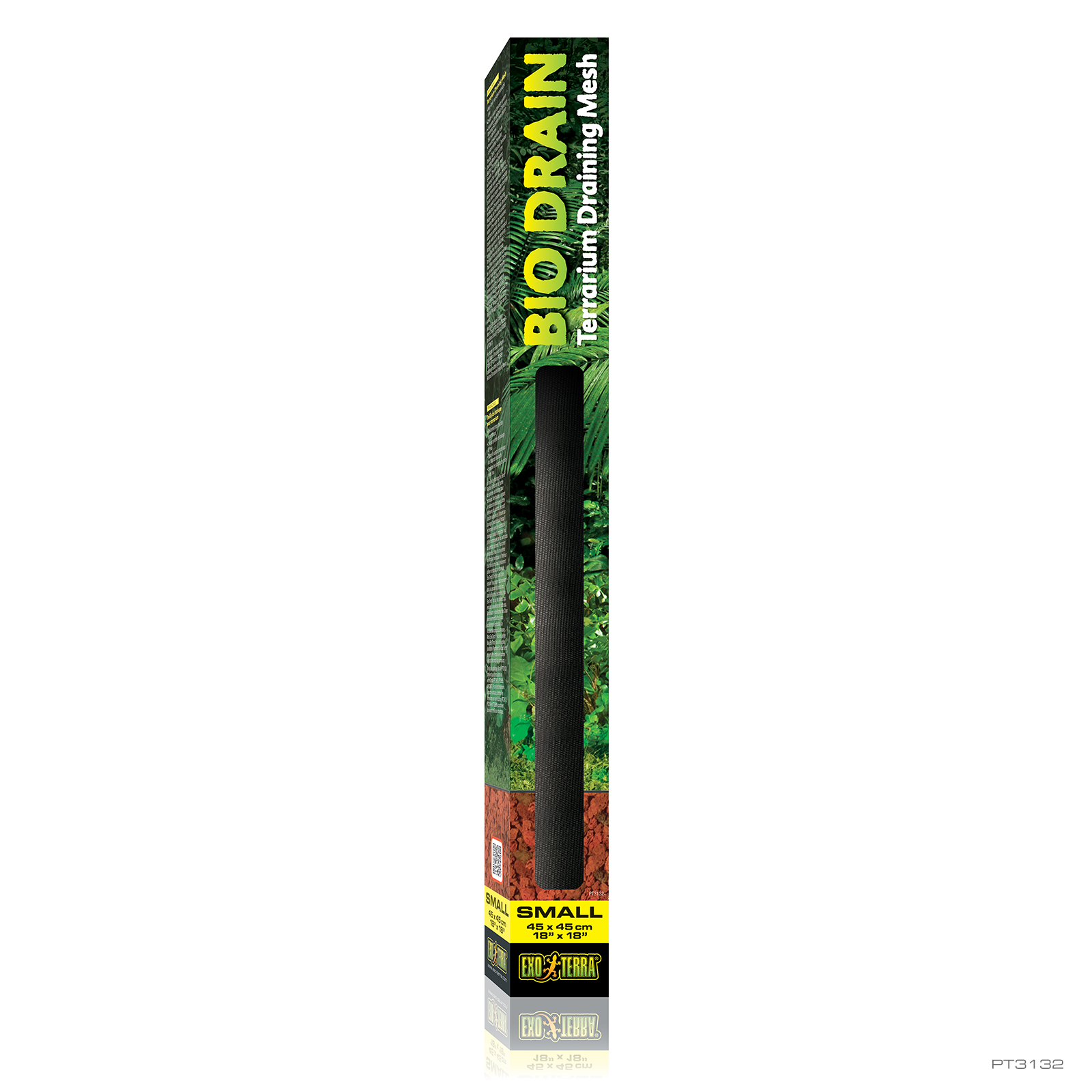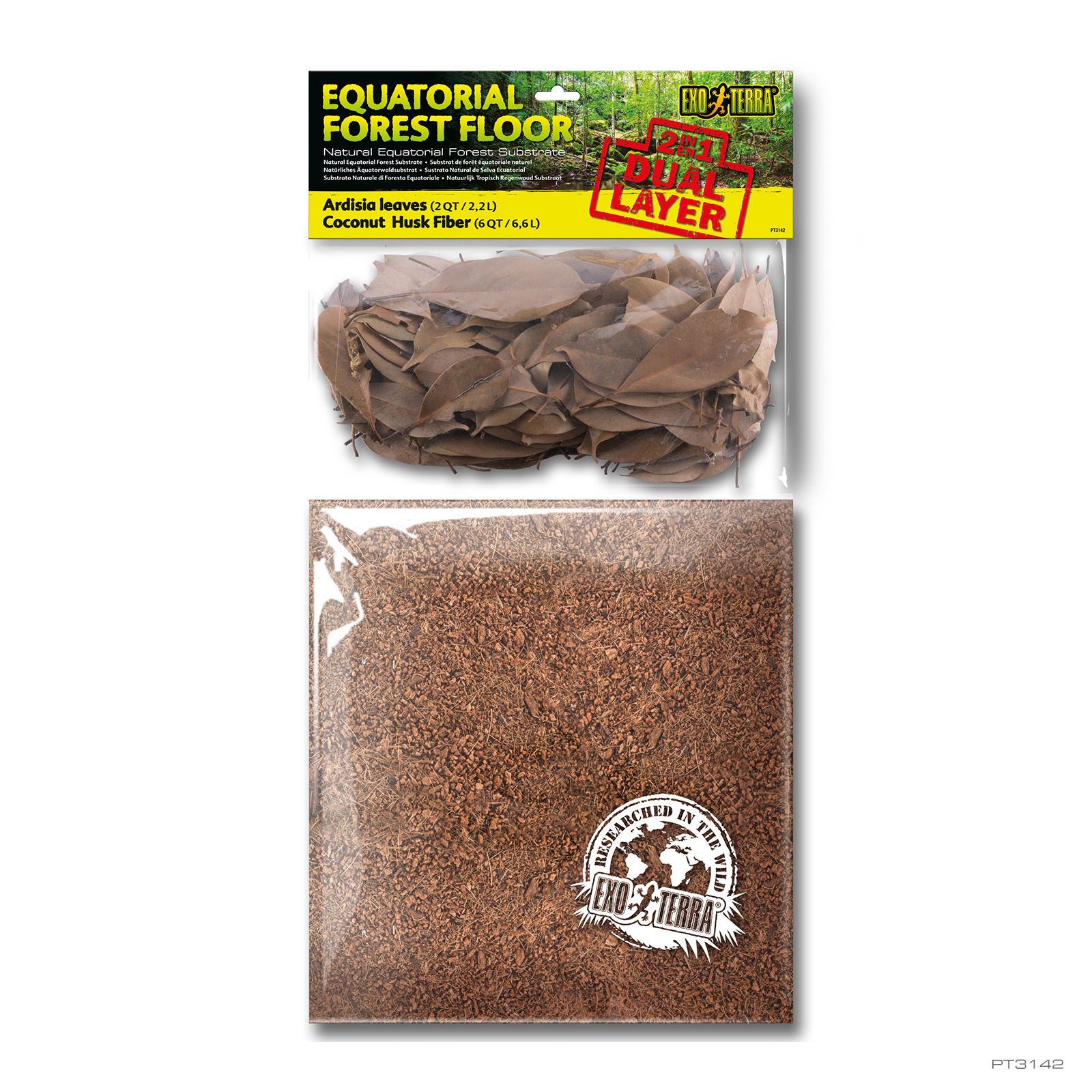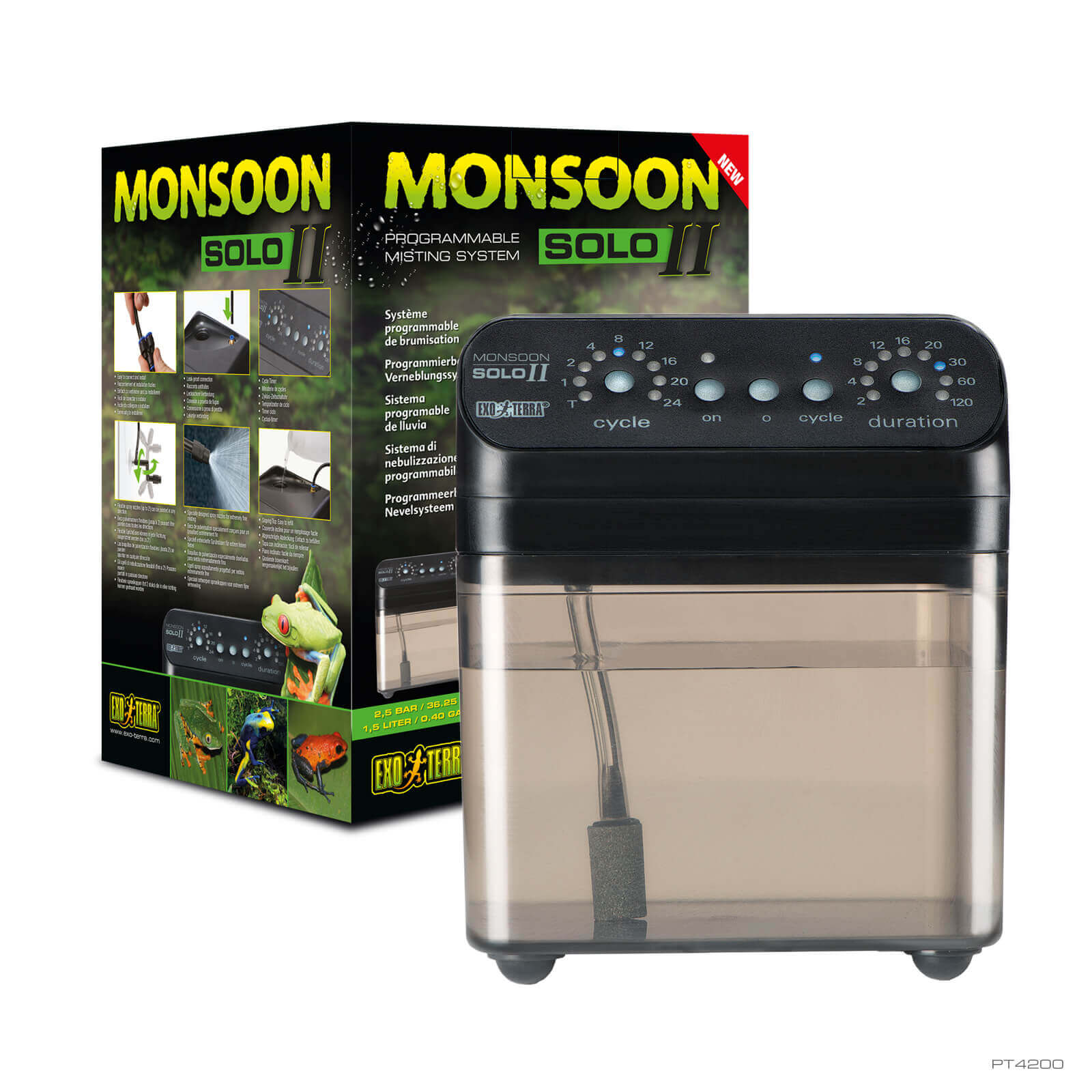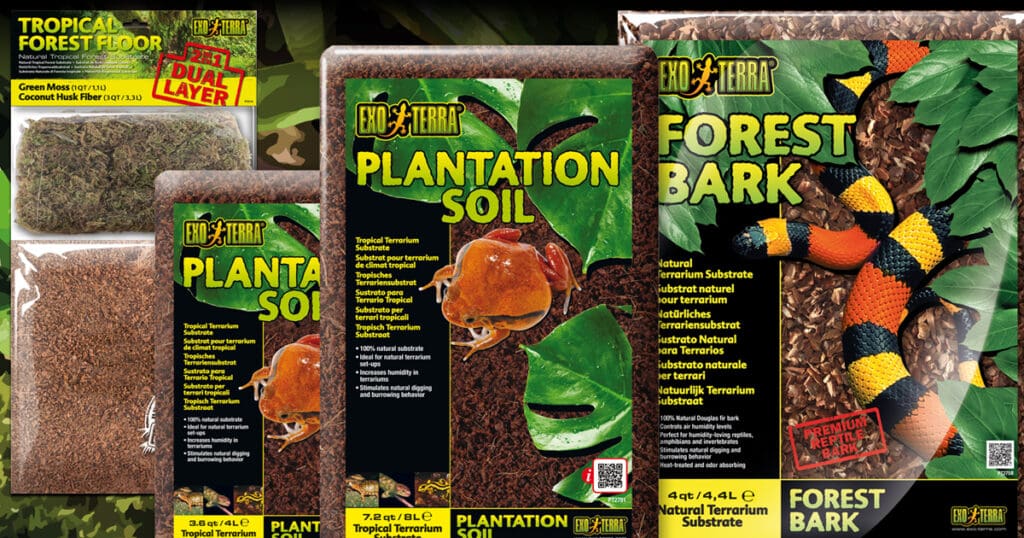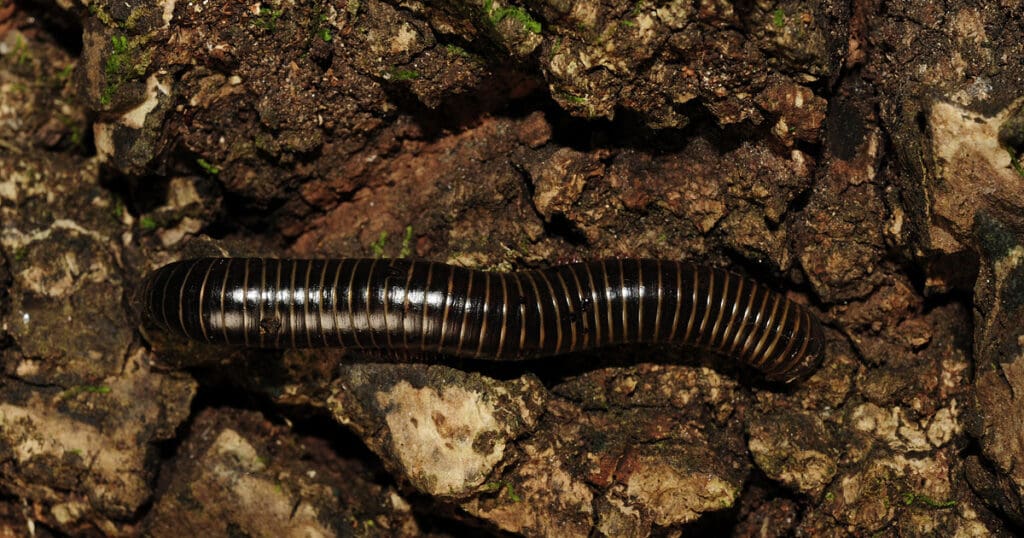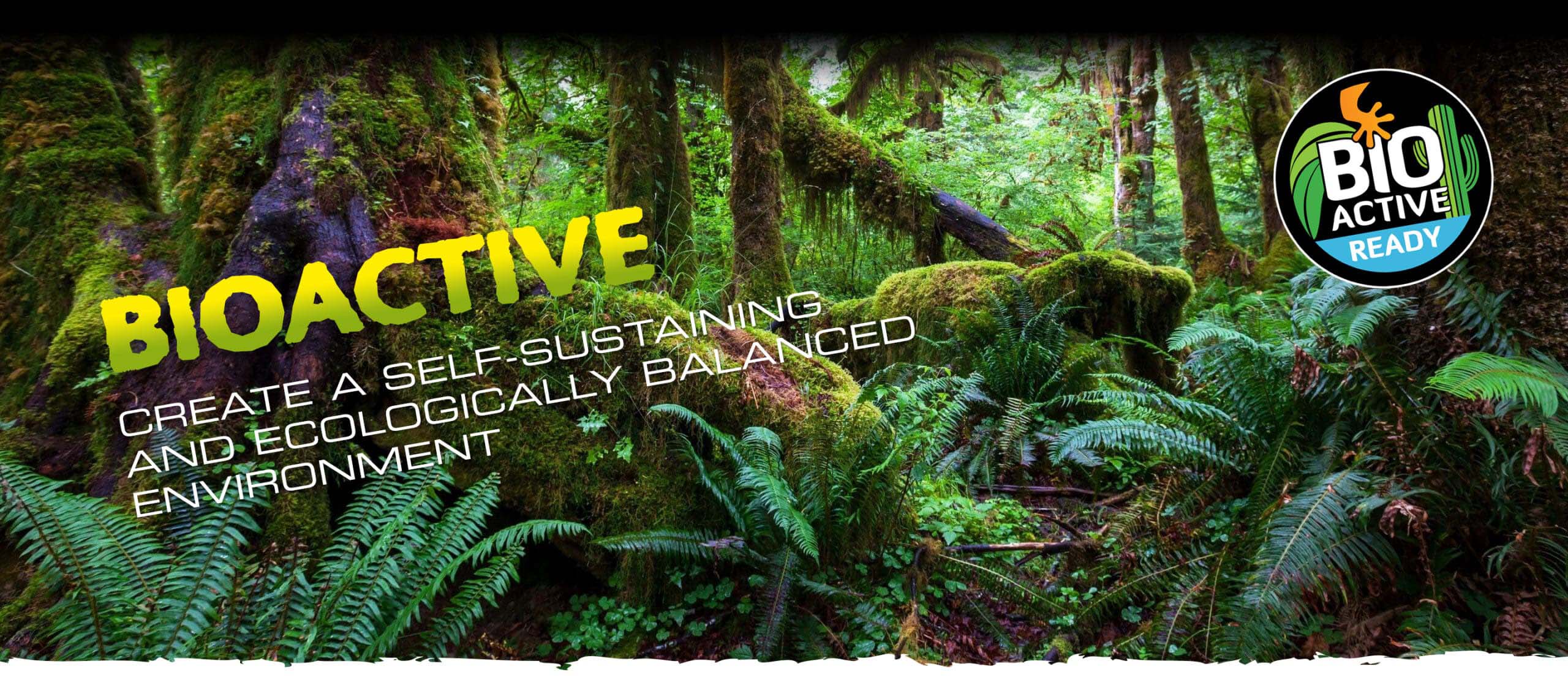
How to set up a bioactive terrarium
Thomas Merckx
Setting up a bioactive terrarium can be a rewarding and sustainable way to keep certain types of reptiles, amphibians or invertebrates. The concept of a bioactive terrarium is to create a self-sustaining ecosystem where the animals live alongside various microorganisms that help maintain a natural balance.
Here’s a step-by-step guide to help you set up a bioactive terrarium:
Step 1: Choosing the right terrarium
Select an appropriately sized terrarium for the species you plan to keep. Consider the space required for the animal’s comfort and any specific habitat needs they have. Exo Terra terrariums are suitable for most terrarium species.
Step 2: Substrate
The substrate is a critical component of a bioactive terrarium. It should support plant growth and be a suitable environment for beneficial microorganisms. A typical tropical bioactive substrate consists of a mixture of organic matter such as Plantation Soil, Coconut Husk and Forest Moss. Exo Terra offers a wide range of tropical and desert substrates, all free of toxins and safe for terrarium use!
Step 3: The Drainage layer
To prevent waterlogging, create a drainage layer at the bottom of the enclosure. You can use materials like the Exo Terra BioDrain Substrate and Biodrain Mesh to ensure excess water can drain away from the substrate.
Step 4: Hardscape
Add hardscape elements like rocks, branches (Forest Branch) and other pieces of decoration (Corner Cave, Primate Skull) to provide hiding spots, climbing opportunities, and enrichment for your animals.

Step 5: Softscape part 1
Install live plants and mosses that thrive in the specific conditions of your terrarium (lighting, temperature, and humidity). Live plants not only enhance the terrarium’s aesthetic appeal but also play a vital role in the ecosystem by contributing to the oxygen-carbon dioxide cycle and providing shelter for the animals.
Step 6: Heating and humidity
Install a heating system to maintain the required temperature range for your animals. Depending on the species, you may need for example a heat mat, heat lamp or ceramic heater. When required, use a Thermostat to regulate temperature levels. To control humidity, mist the enclosure regularly (Exo Terra Monsoon).
Step 7: Lighting
Install appropriate lighting to support plant growth and provide the necessary light components for the inhabitants wellbeing: Visible light, UVB, UVA and infrared light for species that require it. Research the lighting requirements of the species you are keeping and choose the suitable lighting accordingly.
Step 8: Softscape part 2
Introduce the clean-up crew: a variety of bioactive detritivores like isopods, springtails, and earthworms. These organisms play a crucial role in breaking down organic waste, helping to maintain a cleaner and healthier environment.
Step 9: Monitoring and maintenance
Regularly monitor temperature (Thermometer) and humidity (Hygrometer) levels to ensure they remain within the optimal range for your animals. Trim and care for the plants as needed, spot clean when necessary, and observe the behavior of the animals to ensure they are thriving.
Remember that setting up a bioactive terrarium requires research and planning, especially when it comes to the specific needs of the animals you want to keep. Always prioritize the welfare and well-being of animals by providing them with a suitable and enriching environment.
Thomas Merckx

Bioactive Topics
Frogs & Co
Frogs are almost everywhere on this planet. From the tropics to subarctic regionsThere are about 7,000 species – with the greatest diversity in the tropical rainforests. Recreating parts of these tropical rainforests is an art! The Exo Terra...
Microhabitat Types For Frogs
While the stunning colors and studying the amazing behavior of frogs have always been the motive to keep these amazing animals in a terrarium, with the recent trend towards more natural, bioactive tropical terrariums, we see a steep increase...
Role of the substrate
In a bioactive terrarium, the substrate plays a crucial role in supporting the overall health and functioning of the ecosystem. The term "substrate" refers to the material or layer on the floor of the terrarium where plants, microorganisms, and invertebrates reside.
The Clean-up Crew
The clean-up crew consists of a group of small organisms that work together to break down organic matter, consume waste, and control the levels of debris and detritus in the terrarium. They contribute to the decomposition process, recycling nutrients back into the soil, which helps sustain the plants and other living organisms in the enclosure.
Stay up on all things exo terra.
"*" indicates required fields

